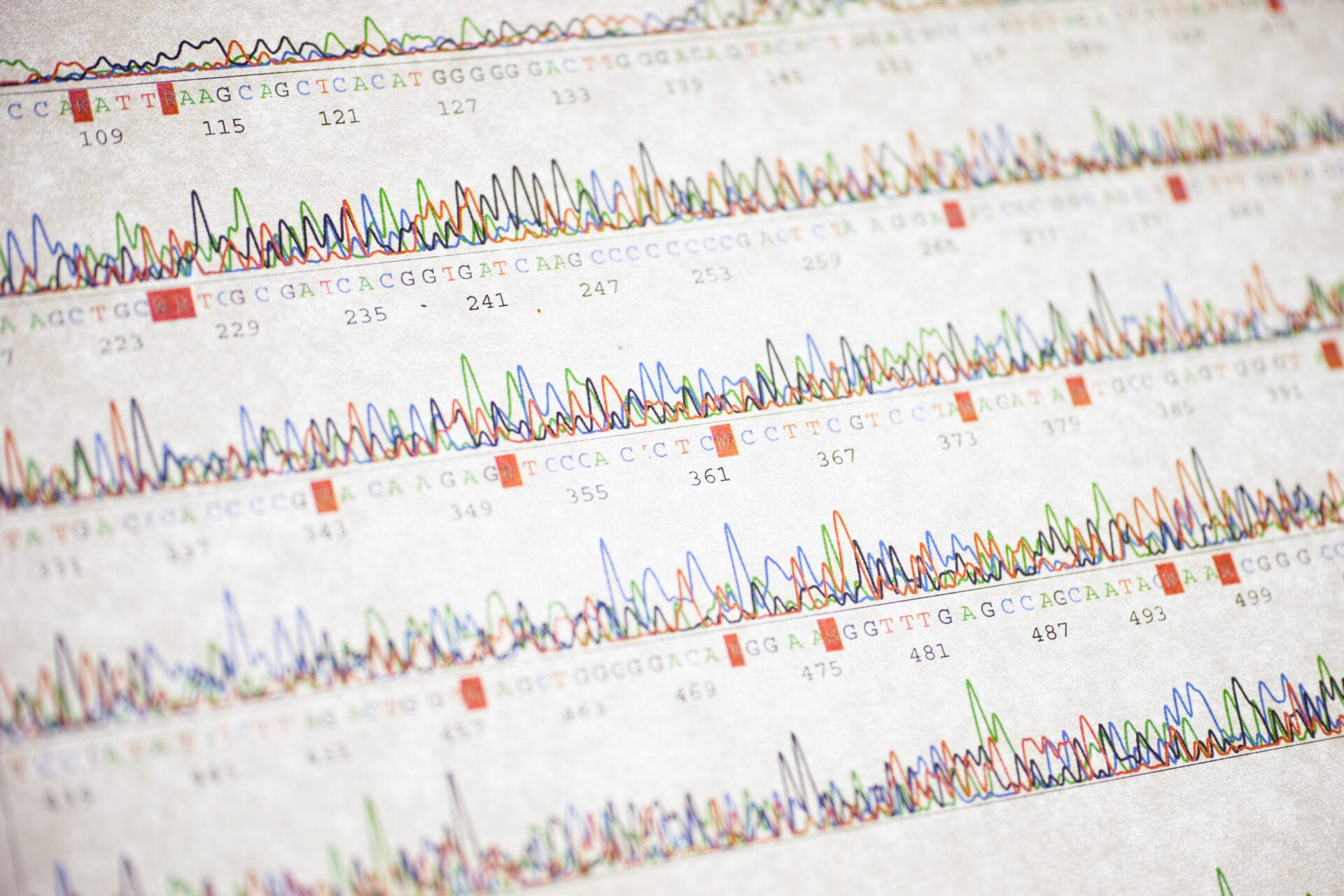What is a genetic condition?
Image credit: Shutterstock

A genetic condition is usually a medical condition or illness, caused by a change in a person’s DNA sequence.
- The human genome is a complex set of instructions, like a recipe book, directing our growth and development.
- However, unlike a printed book, the human genome can change.
- Changes to the information within the genome can lead to genetic conditions – such as Huntington's disease, cystic fibrosis or Down syndrome.
What is a genetic condition?
- A genetic condition is a medical condition caused by changes in a person’s DNA.
- These changes – called mutations – can range from individual DNA bases (A, C, G or T) up to much larger chunks of DNA and even chromosomes.
- Depending on where these mutations occur, they can have little or no effect. Alternatively, they might profoundly alter the biology of cells in our body, resulting in a genetic condition.
- Some genetic conditions are caused by genetic variations that are passed down between generations.
- Others might be caused by mutations that happen during development or throughout a person’s life. For example, environmental factors like cigarette smoke or UV radiation can cause changes to the DNA sequence, leading to some types of cancer.
Genetic conditions can be grouped into three main categories:
1.
Single gene conditions: caused by changes to one gene, often with simple and predictable inheritance patterns.
- Dominant conditions occur when a person has one unaffected copy and one mutated copy of the gene. For example, Huntington’s disease.
- Recessive conditions only occur when an individual has two mutated copies of the gene. If a person has only one copy of the mutated gene, they are a carrier of the condition and may pass it to their children. For example, cystic fibrosis.
- X-linked conditions are caused by genes altered on the X chromosome – people with XY chromosomes are missing lots of genes encoded by the X, so will develop the condition if they have an altered gene on the X. For example, muscular dystrophy.
2.
Chromosome conditions result from changes in the number or structure of the chromosomes.
- For example, Downs syndrome results from an extra chromosome 21. It’s also called trisomy 21, referring to three copies of chromosome 21
3.
Multifactorial conditions (or complex diseases) are caused by changes in multiple genes, often in a complex interaction with environmental factors.
- Many types of cancer are caused in this way. For example, certain genetic mutations can put a person at higher risk of bowel cancer. This, combined with external factors like cigarette smoke or certain foods can make a person more likely to develop the disease.